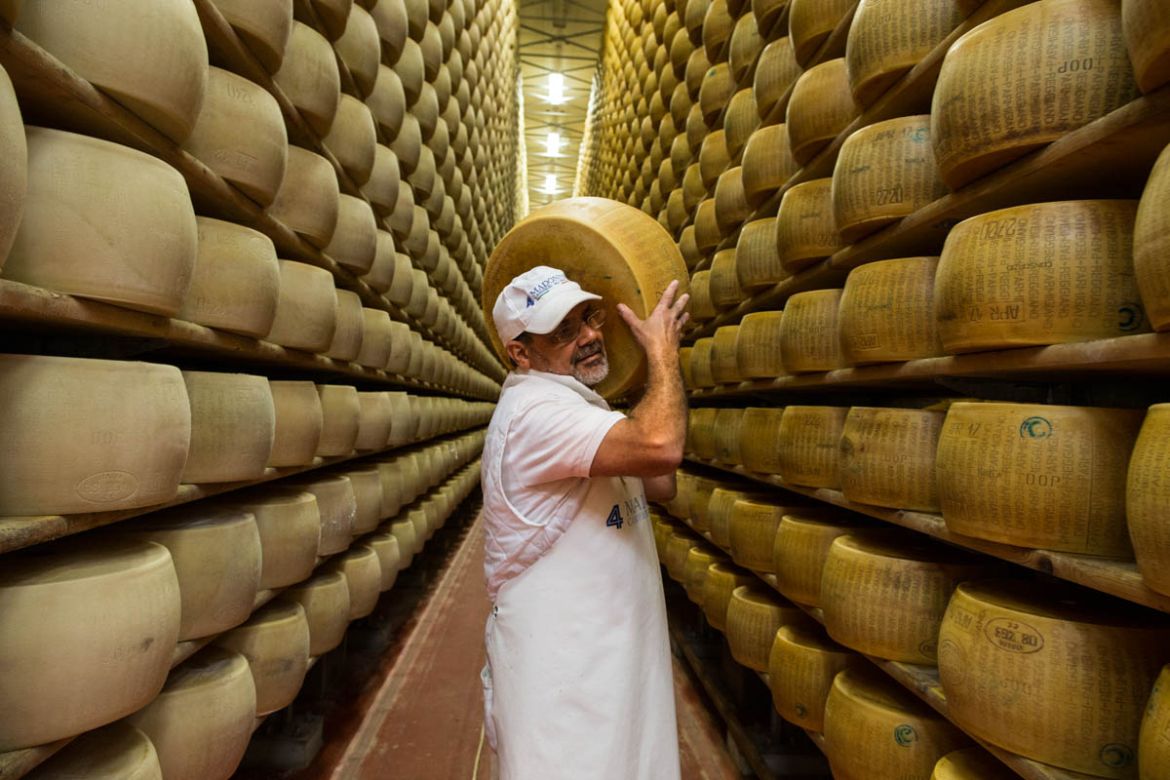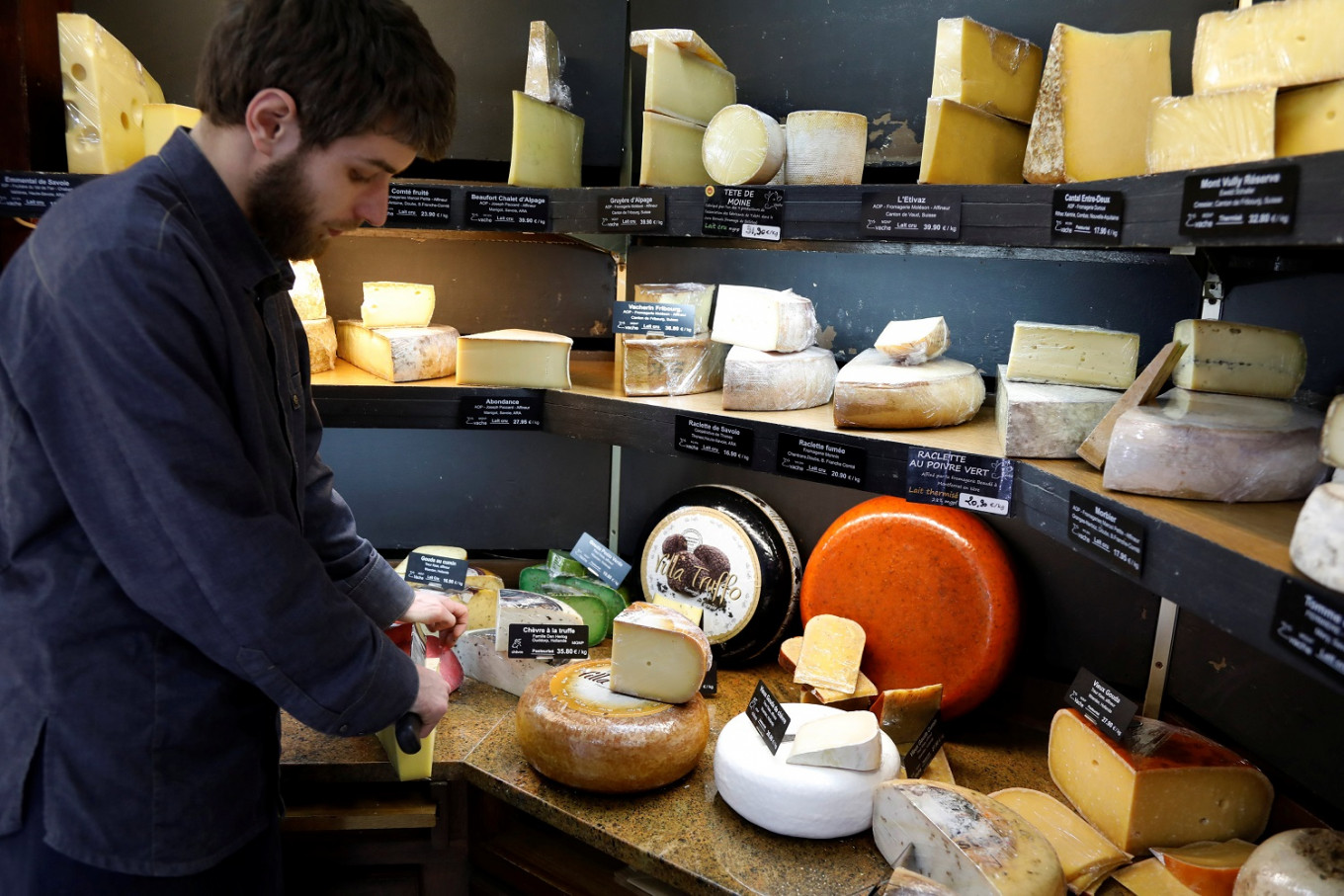Why Floridia Cheese Thomastown Is a Masterpiece in Melbourne Made Cheese
Why Floridia Cheese Thomastown Is a Masterpiece in Melbourne Made Cheese
Blog Article
Opening the Secrets of Artisanal Cheese Making: A Step-by-Step Do It Yourself Overview
In the realm of cooking craftsmanship, artisanal cheese making stands as a testament to the delicate balance between tradition and innovation. As we embark on this trip to debunk the art of developing exquisite cheeses, we are encountered with a tapestry of abilities and keys waiting to be deciphered.
Selecting the Right Milk
When embarking on the journey of artisanal cheese making, the choice of milk plays an important role in identifying the quality and characteristics of the last item. The kind of milk chosen influences the taste, appearance, and on the whole account of celebrity. Raw milk, right from the animal, is favored by several artisanal cheesemakers as a result of its special blend of enzymes, bacteria, and taste compounds. Making use of raw milk comes with dangers and policies, making sterilized milk a safer choice for novices.
Additionally, the source of the milk, whether from cows, goats, lamb, or buffalo, adds distinctive tastes and qualities to the cheese. Each kind of milk brings its very own subtleties, allowing for a wide variety of cheese ranges to be crafted based on the selected milk.
Culturing and Coagulating
To launch the cheese-making process, the essential steps of culturing and coagulating should be very carefully carried out to change milk into curds and whey. Culturing includes introducing useful bacteria to the milk, which then begins the fermentation process. These bacteria transform lactose (milk sugar) right into lactic acid, developing the acidic setting needed for coagulation. The kind of culture made use of can considerably affect the flavor, texture, and ripening of the last cheese item.

The timing and temperature level control throughout culturing and coagulation are essential elements that influence the last outcome of celebrity. Proper implementation of these steps is important to make certain the desired appearance, flavor, and uniformity of the artisanal cheese being produced.
Draining Pipes and Pressing Curds
After the milk healthy proteins have actually coagulated and the curds have been reduced to release whey, the following crucial action in artisanal cheese making entails draining pipes and pressing the curds to attain the desired appearance and consistency of the final cheese product. Draining pipes is the process of dividing the curds from the whey. This can be done by moving the curds into a cheesecloth-lined bowl-shaped sieve or mold and mildew and enabling the whey to drain pipes off normally. The time for draining can vary depending upon the kind of cheese being made and the desired wetness web content.
Pressing helps expel any remaining whey and compacts the curds to create a strong cheese wheel. Correct pressing and draining pipes are critical actions that dramatically influence the high quality and attributes of the artisanal cheese being created.
Aging and Flavoring Strategies
Applying thorough aging and flavoring techniques is critical in enhancing the deepness and intricacy of artisanal cheeses, raising their taste accounts to charming levels of refinement and refinement. Aging plays a critical function in establishing the distinct tastes and appearances that differentiate artisanal cheeses. During the aging procedure, cheeses are stored in carefully regulated atmospheres where factors such as moisture, airflow, and temperature level are manipulated to motivate the growth of advantageous mold and mildews and bacteria. This regulated environment permits the cheese to develop gradually, establishing abundant flavors and intricate aromas.
Seasoning strategies additionally contribute considerably to the last taste of artisanal cheeses. Cheesemakers might pick to present additional flavors by integrating components such as natural herbs, seasonings, and even fruits into the cheese during the manufacturing process. Additionally, some cheeses are washed or scrubed with different fluids, such as salt water or alcohol, to boost their textures and flavors.
Wrapping and Keeping Cheeses

Conclusion
To conclude, understanding the art of artisanal cheese making involves very carefully selecting the appropriate milk, following exact culturing and coagulating procedures, draining and pressing curds properly, and utilizing different aging and flavor strategies. By following these steps faithfully and with attention to information, you can develop your own delicious and special cheeses in the house. Remember to wrap and keep your cheeses appropriately to ensure optimal flavor and structure growth. Delighted cheese making!
Each type of milk brings its very own nuances, allowing for a large array of cheese selections to be crafted based on the picked milk.After the milk healthy proteins have actually coagulated and the curds have actually been cut to release whey, the next essential step in artisanal cheese making involves draining pipes and pushing the curds to attain the wanted appearance and uniformity of the final cheese product. Most cheeses should be wrapped in wax paper or cheese paper to permit them to take a breath while securing them from drying out. For cheeses that need to proceed aging, such as bloomy peels or cleaned skins, ensure they are saved in a trendy setting like a cheese cave or a refrigerator established to the proper temperature. By paying attention to the covering and storage space of artisanal cheeses, cheese makers and enthusiasts can maintain the honesty of these delicacies and fully appreciate their complicated flavors.
Report this page